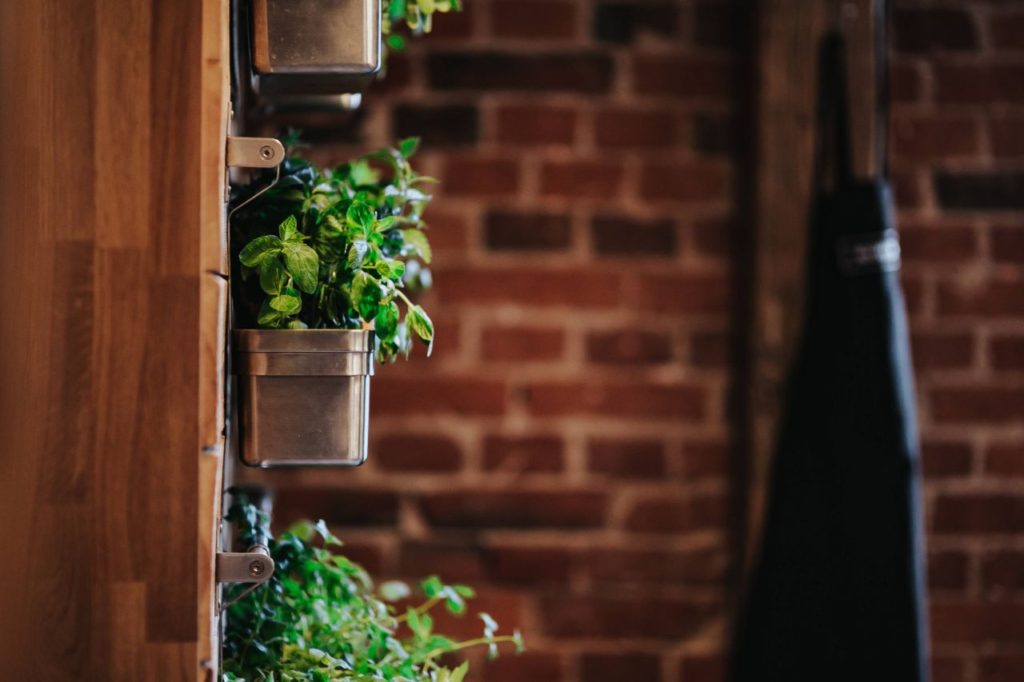The love of nature also known as biophilia focuses on human’s love of nature and natural processes. The term literally translates as ‘love of life’ and suggests we, humans, have a genetic connection to nature because of our ancestors and hundreds of years of living in agrarian settings.
Words: Catherine Palmer
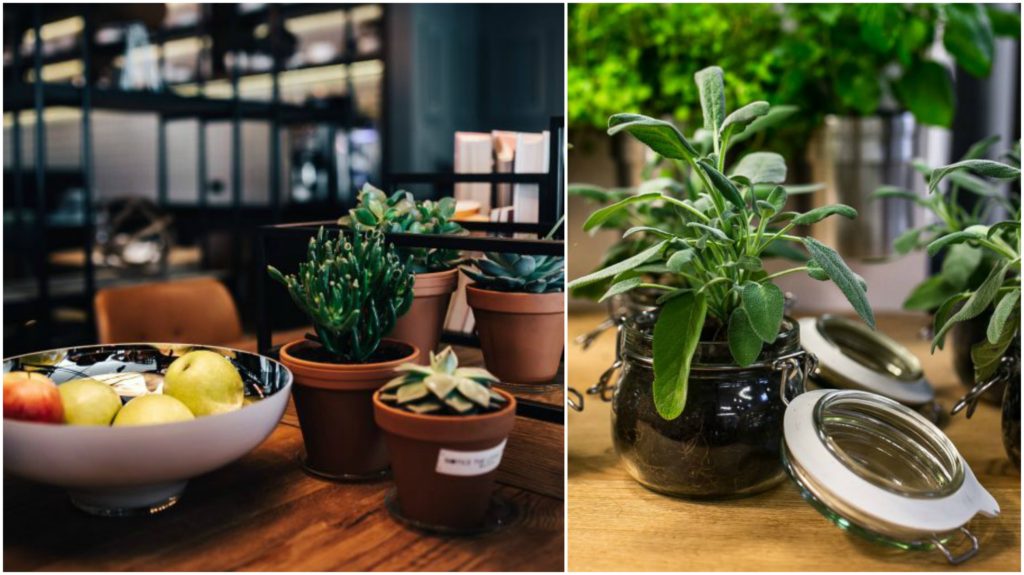 When we talk about biophilic design in architecture it means intertwining nature and natural elements in our interiors, surrounding ourselves with raw materials and creating a stress-free environment inside our homes. Here are some ways to incorporate nature into your home and create a healthier life inspired by your surroundings.
When we talk about biophilic design in architecture it means intertwining nature and natural elements in our interiors, surrounding ourselves with raw materials and creating a stress-free environment inside our homes. Here are some ways to incorporate nature into your home and create a healthier life inspired by your surroundings.
Biophilia in the early ’20s
The whole idea of biophilic design is based on implementing nature in your home and strengthening the connection to the outdoors. In 1926, famous architect Le Corbusier wrote the short manifesto “Five Points Towards a New Architecture” together with Pierre Jeanneret, where they explained among other things the importance and benefits of roof gardens.
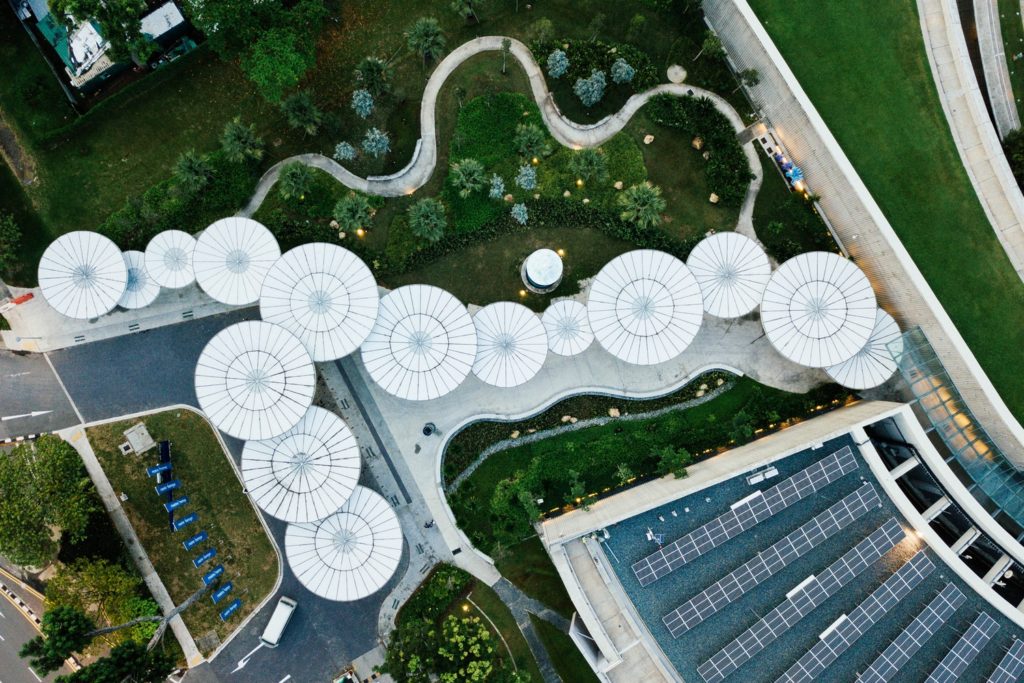 According to Le Corbusier, roof gardens are a fundamental mean of bringing nature to houses i.e. paying out the debt to nature by replacing the roof with the piece of nature we took. And how do we do it?
According to Le Corbusier, roof gardens are a fundamental mean of bringing nature to houses i.e. paying out the debt to nature by replacing the roof with the piece of nature we took. And how do we do it?
Biophilic Design: Building for a Healthier, Stress-free Life in your home
Introducing biophilic design into your home means relying on nature and natural elements. Make sure your home has a lot of natural light; invest in installing more windows, skylights etc.
The more light there is the better and more calm you will feel in your home. The dynamic of light will vary due to seasonal changes and will make the atmosphere and vibe in your home beautiful and different as seasons pass.
Find inspiration in earth tones
Choose light color schemes based on earth tones, colors derived from nature. The neutralness of the color palette will put an accent on the other materials inside your home.
For example, exposed wooden beams and brick and stonewalls all represent natural elements that will make your modern whitish interior warm and inviting and add a rustic-meets-vintage touch.
 Natural materials and greenery are essential
Natural materials and greenery are essential
When creating a biophilic design in your interior it is essential to include various plants that will stimulate your sensors. You can pick your favorite greenery – scented plants, plants that change color (seasonally), leafy houseplants, cacti, succulents or whatever you like.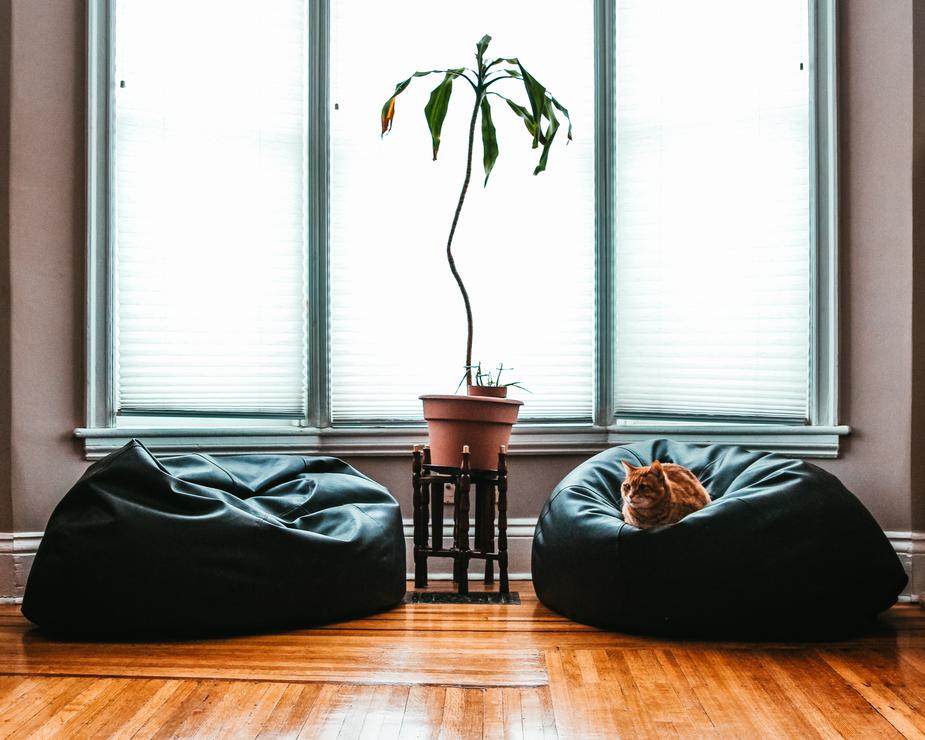
Decorate with nature finds – stones, rocks, and handmade objects. Choose natural materials that are raw, unprocessed or minimally processed such as leather, stone, timber, etc. Surrounding yourself with various elements that will inspire you to become peaceful – create a Zen-inspired home and incorporate many different natural materials to complete the look.
Connect your home with the outdoors
Make a connection between your house and the outdoors by creating an extension of your home in your backyard combined with a Zen-inspired garden to create your own serenity sanctuary. The Japanese rock garden also known as Zen garden, represents a stylized landscape with carefully planned composition of natural elements such as rocks, stones, moss, water features, trees and bushes, gravel or sand. They (Zen gardens) imitate the essence of nature, not its actual appearance and every element has a symbolic meaning.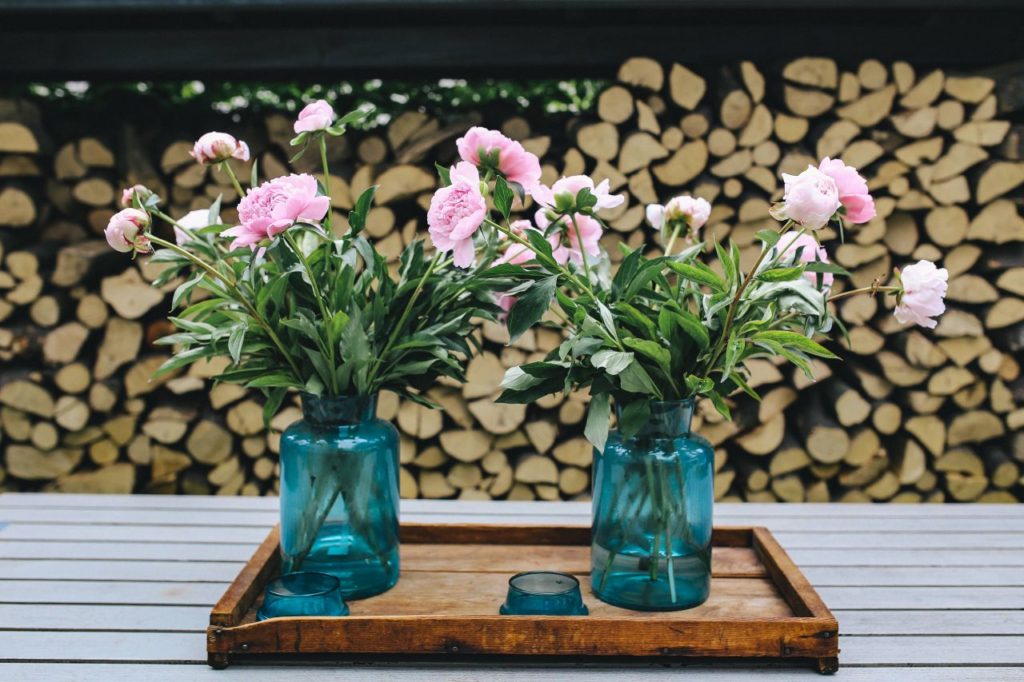
Before introducing these inspiring elements in your garden update your decks, patios, invest in retractable pergolas and awnings for your garden to ensure everything is neat, clean and ready to be updated. Use the same materials as you used inside your home, wood, leather, stones, and rocks to emphasize the connection.
Build a gate for your private sanctuary by reusing local natural materials or nature finds. Gate has a special symbolic meaning in Zen gardens – when entering your private sanctuary, you should leave all the negative thoughts and feelings at the door and focus on finding your own inner peace.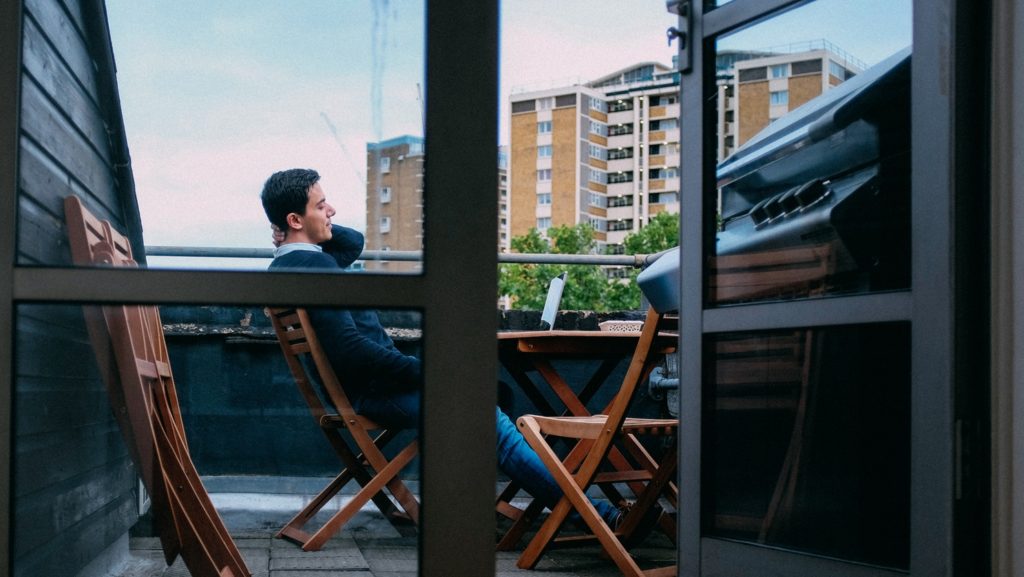
A great way to strengthen your connection to nature is to introduce water sources – fountains, water features, garden ponds. Not only you will enjoy the way your outdoor area (or indoors – living room fountain, why not?!) looks but also the soothing sounds of water movement will help keep calm and stimulate you to clear out your mind and focus on achieving your inner Zen.
Benefits of nature-inspired design Introducing natural elements in your home is important for your mental wellbeing as well. Lots of natural light increases your energy levels and elevates your mood while being surrounded by nature reduces stress and helps you recover from mental fatigue. Biophilic design inspires productivity and enables better focus and mental stamina. Therefore this design inspired by the love of nature isn’t just another passing style that is trendy at the moment and that will improve the look of your interior – it is essential for creating a healthy and stress-free life for you and your family.
Introducing natural elements in your home is important for your mental wellbeing as well. Lots of natural light increases your energy levels and elevates your mood while being surrounded by nature reduces stress and helps you recover from mental fatigue. Biophilic design inspires productivity and enables better focus and mental stamina. Therefore this design inspired by the love of nature isn’t just another passing style that is trendy at the moment and that will improve the look of your interior – it is essential for creating a healthy and stress-free life for you and your family.
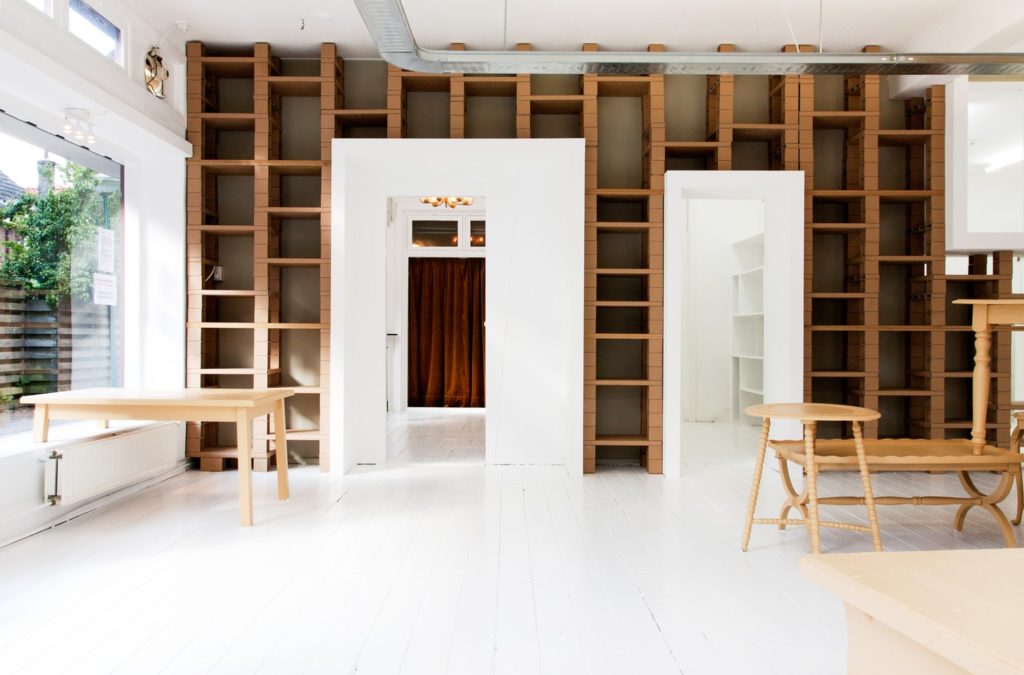 The fact is – the more you surround yourself with nature the better you will feel. Introducing nature and the essence of it in our homes and lives will help us lead a happier and healthier life. So, find inspiration in natural elements and motivate yourself to be more productive by surrounding your home with greenery, rocks, stones, wood, etc. Create a stress-free life overflowing with positive energy, good vibes, and great mood!
The fact is – the more you surround yourself with nature the better you will feel. Introducing nature and the essence of it in our homes and lives will help us lead a happier and healthier life. So, find inspiration in natural elements and motivate yourself to be more productive by surrounding your home with greenery, rocks, stones, wood, etc. Create a stress-free life overflowing with positive energy, good vibes, and great mood!


